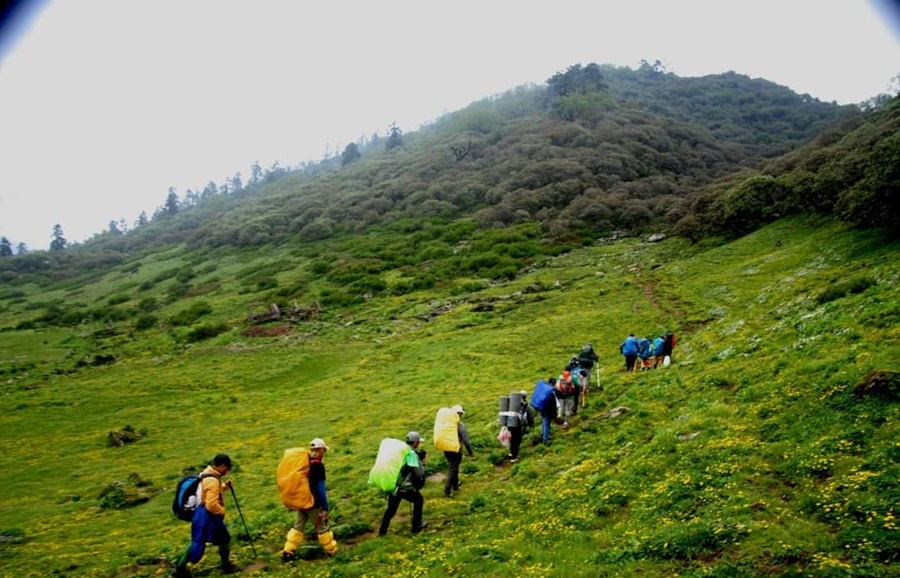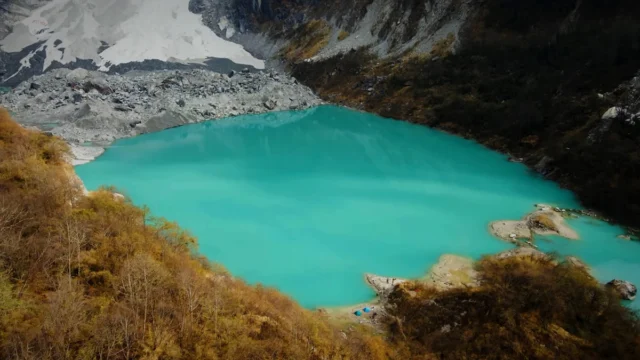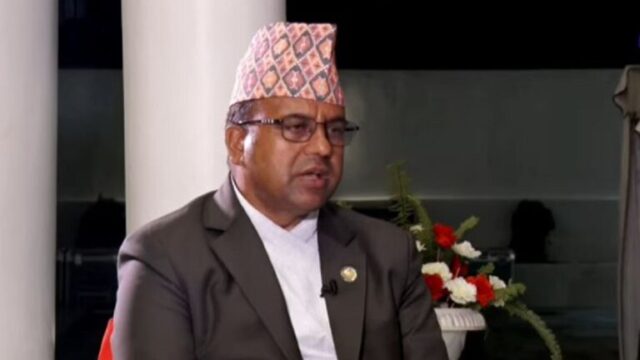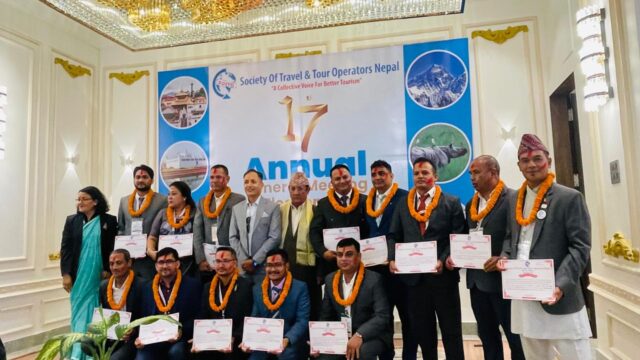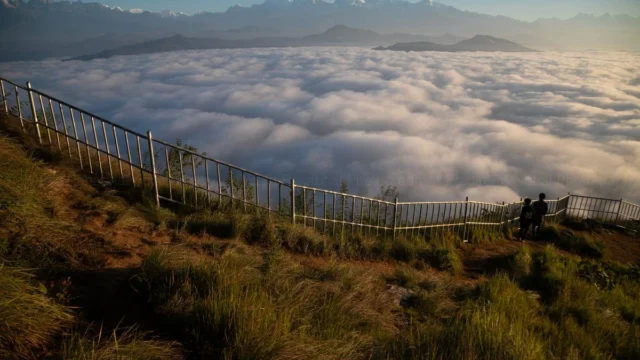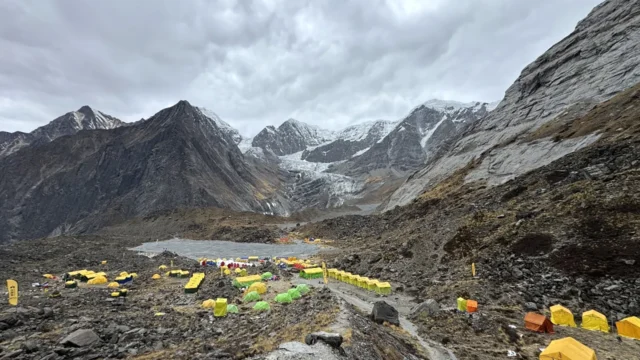With the declaration of Pokhara as a tourism capital, the focus has shifted to promoting and developing tourist destinations in the broader Pokhara area. In this context, the Gurung Heritage Trail connecting Tangting in Kaski to Timang in Manang has been officially announced.
Amidst growing concerns over the disappearance and shortening of trekking routes due to road network development, the Gurung Tourism Entrepreneurs Association, in coordination with the Gandaki Province and the Nepal Tourism Board, has formally declared this trail. The project has been supported by Madi Rural Municipality, Khulasothar Marsyangdi Rural Municipalities of Lamjung, and Chame Rural Municipality of Manang.
The trail was thoroughly researched and studied by a team comprising engineers, researchers, GPS experts, journalists, association officials, and trekking guides from May 21 to 30, 2024. According to the association’s President, Kismakumari Gurung, “We conducted a detailed field study and found high potential for the success of this trail. A comprehensive project report detailing necessary improvements and construction work has been prepared.”
The trail, which merges nature, culture, and history, is expected to captivate trekkers with its unique offerings. It features historic and archaeological sites while ensuring the protection of natural beauty and biodiversity. The trail traverses various elevations, starting from 1,600 meters at Tangting to the highest point of 4,910 meters at Gurung Deurali (Namun Bhanjyang).
The trail includes notable destinations like the religiously significant Doodh Pokhari at 4,585 meters and offers breathtaking views of the Annapurna, Machapuchare, and other Himalayan ranges. The path integrates cultural elements from Gurung villages, showcasing traditional practices such as dance performances and local lifestyles.
Historical and archaeological significance is highlighted by the ancient salt trade routes and the archaeological remains at Khulasothar, which are integral to the trail’s appeal. The trail’s discovery reveals its role as a historic salt trade route, with remnants such as old resting places and trading posts still visible.
The trail also features a dozen potential auxiliary paths, allowing tourists to explore varying distances over five to ten days. The route from Tangting to Timang includes several picturesque villages in Kaski, Lamjung, and Manang, with options for shorter or longer treks depending on preferences.
In light of the trail’s diverse biological and cultural significance, suggestions have been made for its promotion and development. These include maintaining and repairing existing paths, constructing suspension bridges, and creating shelters that reflect local climate and culture. There is also a call for improved signage and information boards, as well as conservation efforts for water sources and archaeological sites.
Nabin Pokhrel, Chief of the Nepal Tourism Board, Gandaki Province, highlights the trail’s potential, stating, “The trail offers significant opportunities for trekking tourism. We have supported its promotion and will continue to collaborate with tourism organizations for its development. Ensuring local awareness and preserving cultural heritage are crucial for the success of this initiative.”
This new Gurung Heritage Trail represents a major step forward in sustainable tourism, offering trekkers a unique blend of natural beauty, cultural richness, and historical significance.
